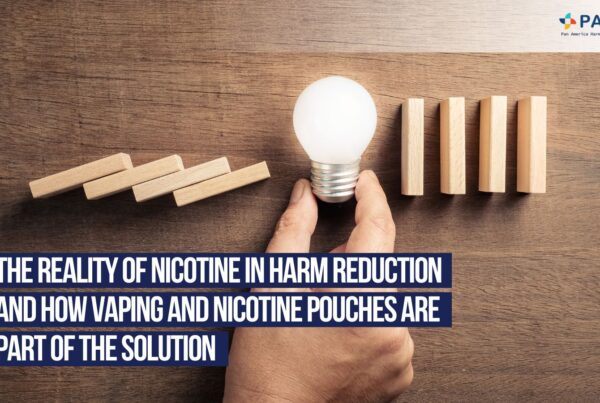Benefits
Improves quality of life.
Ex-smokers breathe, smell, taste better and feel healthier after quitting or switching to THR products.
Consumer Advocates for Smoke-free Alternatives Association
Improves society.
THR reduces disease, lowers health costs and prevents loss of productivity.
National Institute for Health and Care Excellence
Nicotine Safety
- Nicotine is part of the reason why people smoke tobacco, but it’s the tar released from burning tobacco in cigarettes that kills.
- Nicotine is not a cause of cancer, cardiovascular disease or the respiratory conditions that many smokers suffer from. (Health and Social Care Information Centre)
- Nicotine itself is not totally risk-free, but it does not cause any serious illness.
- It has been widely sold in medicinal form called Nicotine Replacement Therapy (NRT) for many years.
Dispelling the myths about nicotine
PAHRA recognises the critical role played by regulatory agencies, such as the US Food and Drug Administration (FDA) and its Tobacco Products (CTP) Education Campaign can play in addressing the myths and misperceptions about nicotine’s health risks.
According to the FDA, “most people know that cigarettes and other tobacco products are addictive, but many people do not understand the role of nicotine in tobacco addiction, disease, and death. Nicotine is what addicts, and keeps people using tobacco products, but it is not what makes tobacco use so deadly.
Tobacco and tobacco smoke contain thousands of chemicals. It is this mix of chemicals – not nicotine – that causes serious disease and death in tobacco users, including fatal lung diseases like chronic obstructive pulmonary disease (COPD) and cancer.”
Closer to our region, New Zealand has also adopted a more pragmatic approach to tobacco harm reduction. The Ministry of Health has recognised vaping’s role in decreasing smoking rates and actively encourages smokers who want to stop smoking by vaping to access stop smoking shops. The benefits of this are reflected in the decrease in smoking rates. The national smoking rate declined from 13.7% in 2019 to 10.9% two years later, with vaping rising from 3.5% to 6.2% over the same time period.



